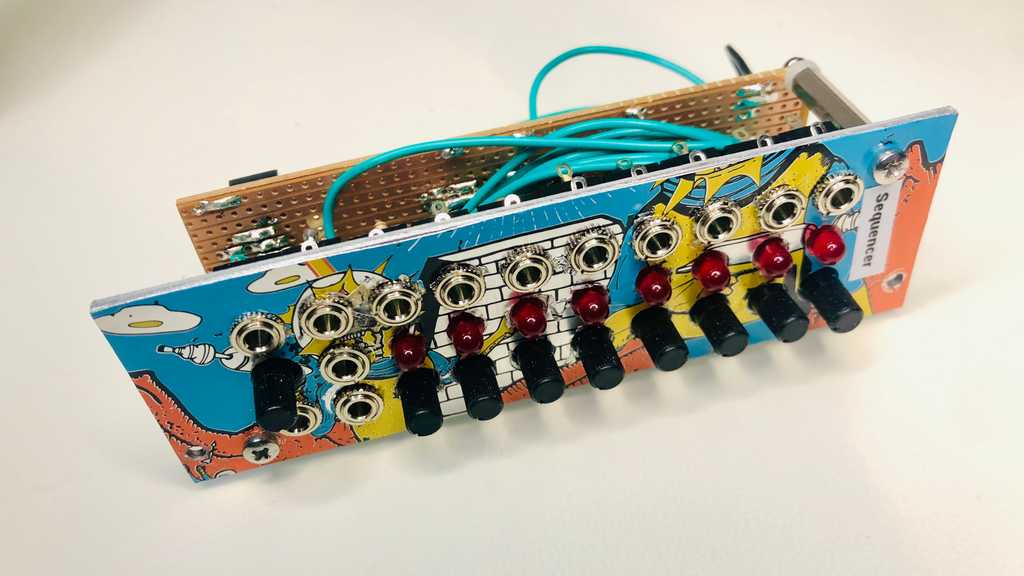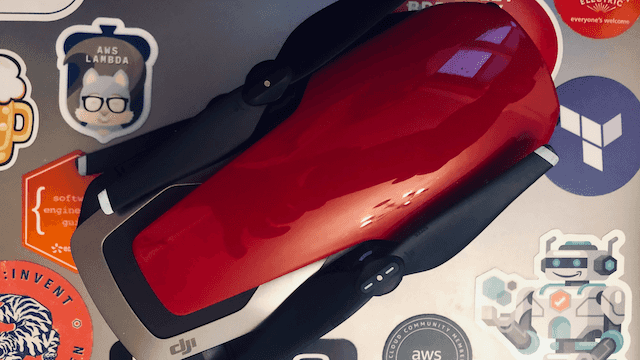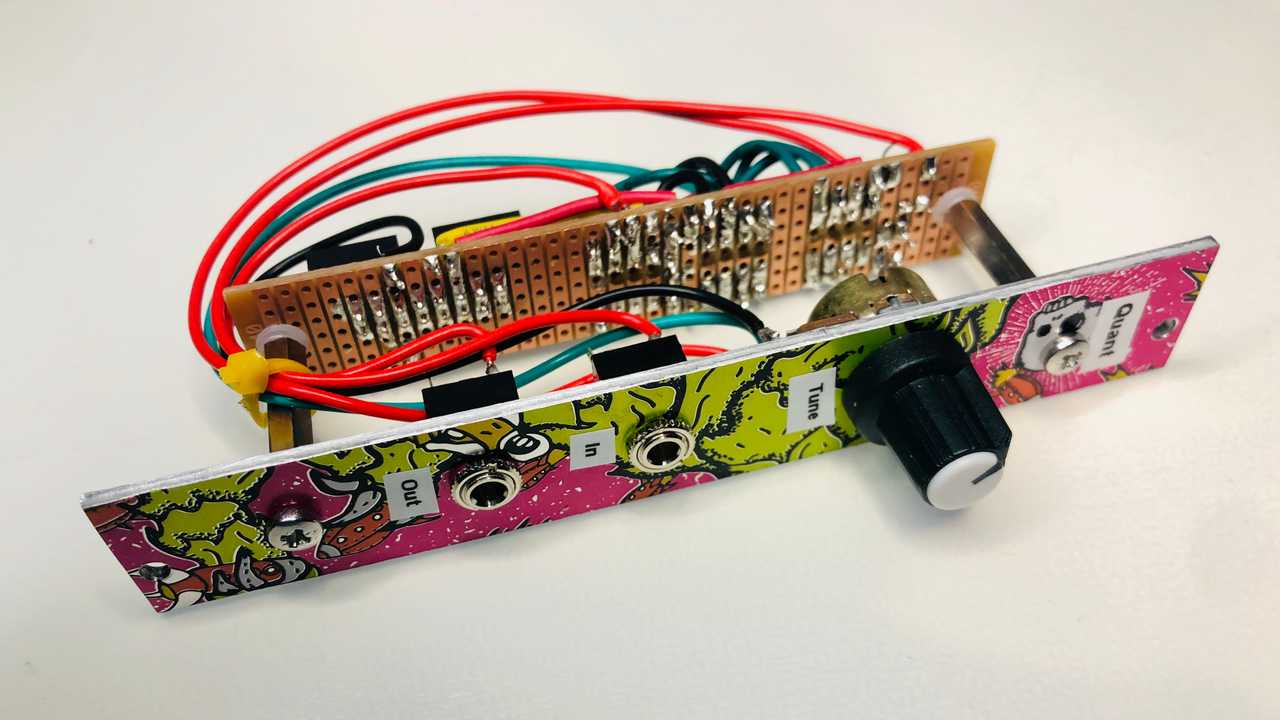With the exception of the MIDI-2-CV convertor, so far we've only dealt with how the waveform is shaped and controlled, rather than what pitch it plays.
Enter the step sequencer...
A step sequencer is a really simple module for playing a sequence of notes in order, typically 8, 16 or higher. Before computer based sequencing like Logic, Cubase etc, step sequencers where the only way to automate/program melodies. The classic example of a step sequencer is the mighty ARP Sequencer
At the most basic level, they work as follows (lets use a 16 note example), for each of the 16 steps, you have a control over:
- Pitch CV
- Gate (note on/off)
Other embellishments/features can include:
- Slide (portamento) between 2 notes
- Tie merging multple notes to sound like a continuous note
- Gate length, the duration of between note on and note off
- Other CV outputs like velocity
I already own a Beatstep Pro which does a lot of this, so the plan was to build something simple and fun as a module that meant the "synth" was as stand-alone as possible.
In the spirit of trying to avoid microcontrollers (which would be easy), I wanted to keep this to simple logic chips. I've used 4017 decade counters before to control a cascade of LED's, and whilst researching this on the net, I found that actually the 4017 was THE typical way of achieving this. The 4017 was popularized as the Baby8
Looking at the schematic and logic, its pretty straightforward:
- The circuit requires a clock signal, for which I used a regular astable 555 timer circuit with a potentiometer to control the speed of clock. I also wanted to allow the circuit to driven from an external clock signal too (eg MIDI clock)
- The core of the circuit revolves around the 4017 chip and particularly 8x of the 10x outputs. We connect output 9 to reset, so that the it cycles through 1,2,3,4,5,6,7,8, then back around to 1 again, continuously.
- For each of the 8x outputs, we use the 5v output (as its logic level voltage) to drive a gate output (for note on/off) and a pitch CV output (0-5v) which is adjusted by an in-line potentiometer.
- All the pitch CV and gate outputs are merged (diode 'OR' logic) to a single note CV output and gate output jacks.
- Furthermore, to keep things open and flexible, I also included a jack gate output for each step. This allows for some steps to trigger other modules - specifically I had accent in mind - ie sending a spike CV value to the VCF to make a note more pronounced.
- The 4017 reset pin is also presented as a jack input to allow the steps to be shortened (eg connect output 5 to reset, to only play the first 4 notes) or to allow the sequence to be restarted from an external trigger (eg drum machine)

As you can see from the image above, the front panel is pretty crowded. If we split the array of jacks and knobs into "channel" and "control":
Each channel operates in the same way:
- Trigger out
- Indicator LED to show when step is active
- Note pitch potentiometer
The control section at the bottom:
Left (input):
- Clock gate IN
- Reset IN
Middle (control):
- Tempo potentiometer (for internal 555 clock)
- Reset IN
Right (output):
- Gate OUT
- Pitch CV OUT
The note pitch CV output is 0-5v and is completely variable, meaning that when attached to the VCO (that works on 1v/octave) the note range is A0 to A5. Plus this is continuous, hence no steps between the notes. It means that adjusting the pitch to something tuneful or melodic is quite hard. For this reason, I also built a quantiser module to provide more accurate note output. I'll cover the quantiser in a separate blog.
I may also modify the individual trigger outs and replace them with a switches and route to a single trigger output so that its easier to setup multiple accented notes.




